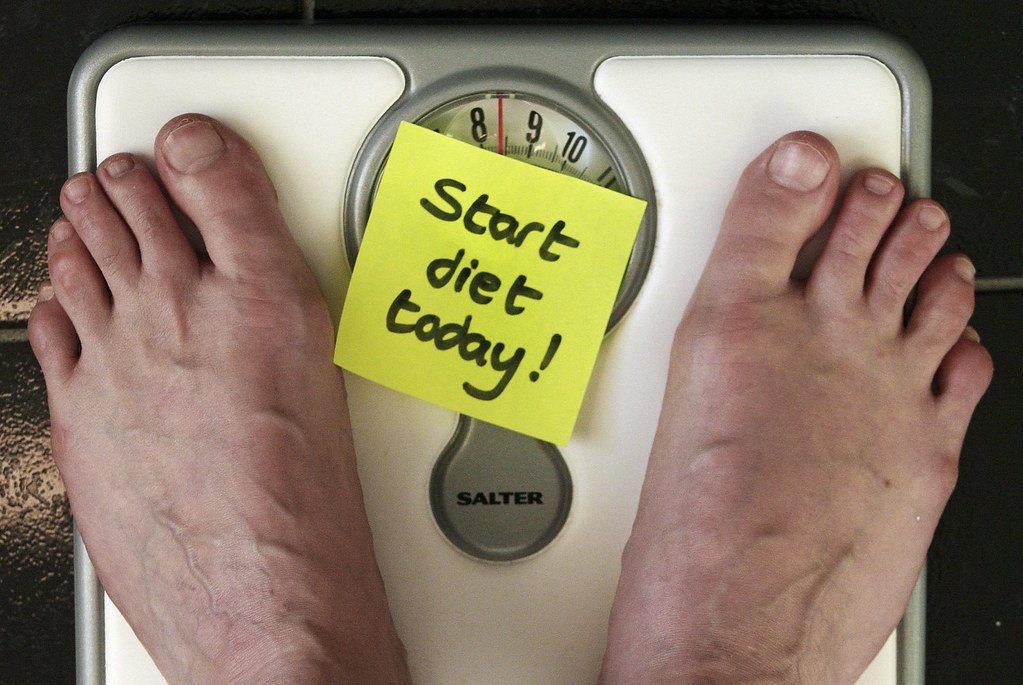How do you get abs like all those fitness models in the magazines and on TV? The good news is everyone has them? The bad, well many of us have a layer or more of fat covering them. And that’s not good. We are bombarded by supplement companies and fitness gurus, with these TV ads using fitness models trying to sell their products. And what’s the first thing you see? Their abs. It’s no wonder that abs is the most searched body part on the Internet. Everyone wants them. It’s evident by all of the marketing aimed at getting you that 6-pack. But all of the machines and “magic pills” in the world are not going to get you those bulging abdominals unless you eat the right foods, in the right amounts and at the right times.
I know some of you are saying, “Well I don’t want to look like a fitness model or bodybuilder”. Ok, I get that, but don’t you want to look leaner, look better in your clothes and get healthy? Losing body fat will accomplish all those things. I can’t imagine anyone not wanting to get healthy and look good doing it. There’s a little bit of vanity in all of us.
So how do I get started? Well, first you have to make up your mind that this is what I want and nothing is going to stop me from accomplishing my goals. Next, set some goals. Set some weekly, monthly and yearly goals for yourself. Write to them and keep them with you. If you’re having trouble setting a goal or you just don’t know where to start, check out my Goal Setting section. It may help. Then it’s time to build a nutrition program. We know that calories consumed vs. calories burned to determine whether we gain or lose body fat. So I’m going to give you a couple of formulas to help give you an idea of your calorie needs and how to adjust them for fat loss/weight loss.
|
The first step is to calculate the total number of calories that you burn every day. This is known as your total daily energy expenditure(TDEE). That will be your “maintenance level”. This is the level where your calories consumed is equal to your calories burned. This will be your baseline. TDEE is the total
number of calories your body burns in 24 hours, including your basal metabolic rate and all activities. BMR is the total number of calories your body burns performing bodily functions, IE: digestion, circulation, respiration, cell construction, etc. There are 6 factors that influence your daily caloric needs. 1)Basal Metabolic Rate(BMR),
2)Activity Level
3)Weight
4)Lean Body Mass(LBM)(I’ll talk about this later)
5)Age
6)Gender.
|
|
There are multiple formulas out there for calculating your TDEE. These formulas either use your body weight or your lean body mass. Those using your LBM are more accurate. I’m going to give you two, one using your body weight and one using your LBM.
First, the Harris-Benedict Formula(BMR is based on total body weight). This equation is very accurate in all but the extremely muscular (it will underestimate calories needed) and the extremely overfat (it will overestimate calories needed ).
BMR= 66+Men:(13.7 X wt in kg)+(5 X ht in cm)-(6.8 X age in years)
Women: BMR = 655+(9.6 X wt in kg)+(1.8 X ht in cm)-(4.7 X age in years)
Note: 1 inch = 2.54 centimeters
1 kilogram = 2.2lbs
Example:
You are male
You are 58 years old
You are 5’9″(69″ X 2.54cm = 175cm)
You weight 175lbs(175lbs divided by 2.2lbs = 79kg)
Your BMR = 66+(13.7 X 79)+(5 X 175)-(6.8 X 58)
= 66+ 1088 + 876 – 394 = 1636 calories
Then once you know your BMR, you calculate TDEE by multiplying your BMR by
the following activity factor:
Activity Factor
Sedentary(little or no exercise) is BMR X 1.2
Lightly active (light exercise/sports 1 to 3 days/week) is BMR X 1.375
Moderately active (moderate exercise/sports 3 to 5 day/week) is BMR x
1.55
Very active (hard exercise/sports 6 to 7 days/week) is BMR X 1.725
Extremely active (hard daily training & physical job) is BMR X
1.9)
Continuing with the previous example:
Your BMR is 1636 calories
Your activity level is moderately active
Your activity factor is 1.55
Your TDEE is 1636 X 1.55 = 2536 calories per day
The next formula is BMR based on your lean body mass. Your lean body mass or weight simply is comprised of everything in your body besides body fat. It includes your organs, blood, bones, muscle, skin and anything else in your body that has mass and is not fat. Knowing your LBM requires that you get a body fat measurement. The higher your LBM, the higher your BMR. This is important in the fat loss process because the more muscle you have the more calories you will burn at rest. That’s how resistance training plays a part in fat loss.
The Katch-McArdle Formula(BMR based on LBM). This formula applies for both men and women and is the most accurate in determining your daily caloric needs.
BMR(men and women)= 370 + (21.6 X LBM in kg)
Example:
You are male
You weigh 175lbs(79kg)
Your body fat percentage is 14%(175 X .14 = 24.5 lbs of fat))
That gives you 150.5lbs(68kg)of lean body mass(175lbs – 24.5lbs of fat =
150.5lbs LBM)
So your BMR = 370 + (21.6 X 68kg)
BMR = 370 + 1477 = 1847 calories per day
Now using the same activity factor(moderately active) 1.55
Your TDEE = 1847 X 1.55 = 2863 calories per day.
Once you know your TDEE, adjust your calorie intake according to your goals. To keep your weight the same, maintain at maintenance level. To lose weight, reduce your calorie intake below maintenance level. And to gain weight, increase your calorie intake above maintenance level.
Since we’re mainly concerned with fat loss here, a good rule of thumb is to drop your caloric intake 500 calories below maintenance level to lose body fat. Or a more precise way to adjust your calories for fat loss is to drop your caloric intake 15 to 20% below maintenance level. This is a good starting point.
In some cases, 25 to 30% may be necessary, but not below 30%.
Remember, all of these numbers are not cast in stone. They are a great way to start and to help you realize that you don’t have to starve yourself to lose body fat if you are eating the right foods. Also remember, you need to experiment to find what works for you because no two bodies are the same.
I know some of you are like, “this is a lot of trouble and work to lose weight”. Well, losing weight and body fat is not easy. It takes commitment and it takes time to do it right. This isn’t some 12-week program, this is for life, for your life. So if you’re serious, then the process won’t be a lot of trouble or work. And once the weight starts dropping down, you won’t worry about a couple of math problems. If you really suck at math click here for a calculator that will do the math for you. But doing the math really gets you involved in the process (knowing your body fat percentage, lean body mass, etc).


